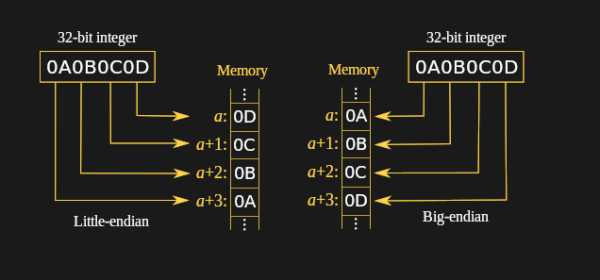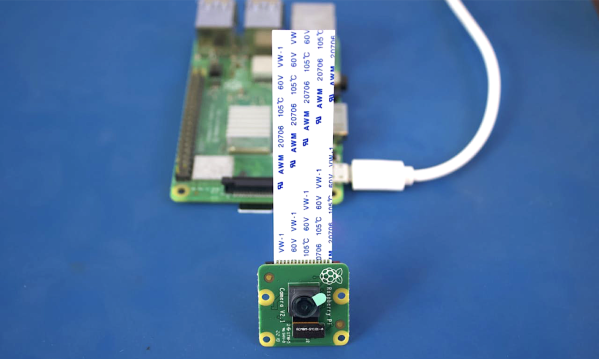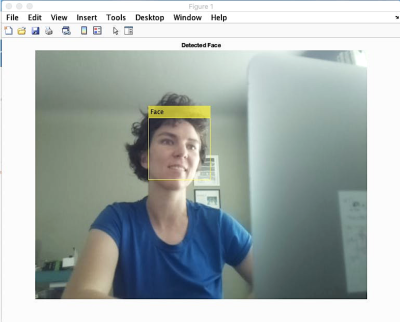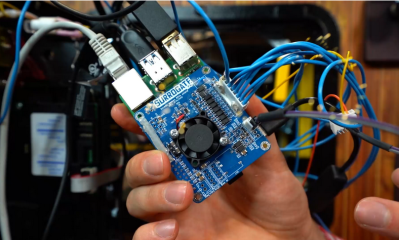When you’re a kid, one of the surest signs of summer is hearing the happy sound of the ice cream truck crawling through the neighborhood. You don’t worry about how that magical truck is keeping the ice cream cold, only that it rolls down your street, and that the stars align and your parents give you money for a giant ice cream-cookie sandwich with the edge rolled in tiny chocolate chips.
In the early days of mobile refrigeration, ice cream trucks and other food delivery vehicles relied first on ice, and then dry ice to keep perishables cold. Someone eventually invented an electric cooling system, but those had to be recharged periodically at power stations. There was also a short-lived mechanical system, but it was highly susceptible to road vibrations.
Until Frederick McKinley Jones came along, mobile refrigeration was fledgling, and sources of perishable food were extremely localized and limited. In the early 1940s, Frederick patented the first practical automated refrigeration system for trucks, and it revolutionized the shipping and storage of food and medicine.
Continue reading “Fresh Food Year Round? You Can Thank Frederick McKinley Jones”



















